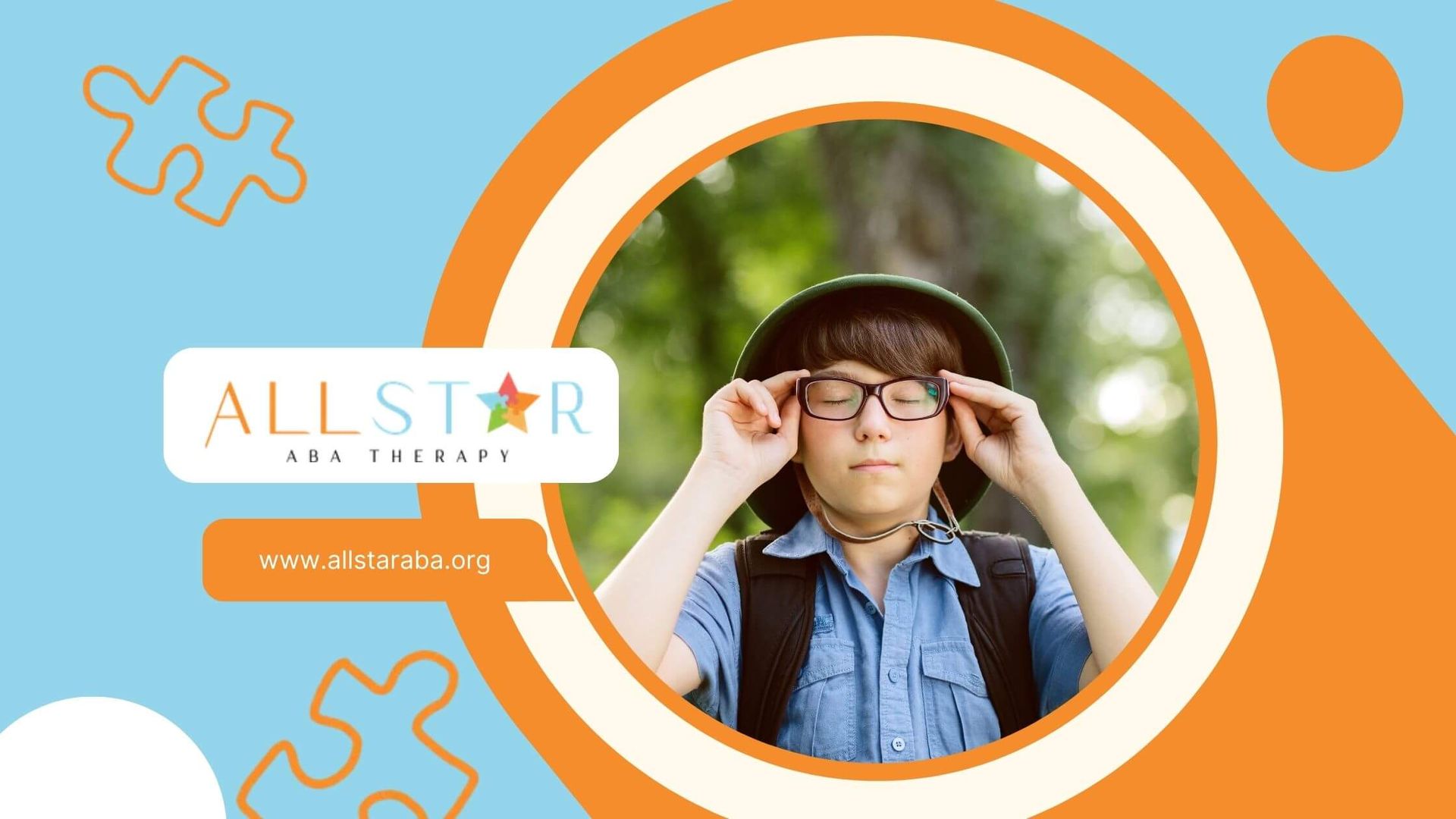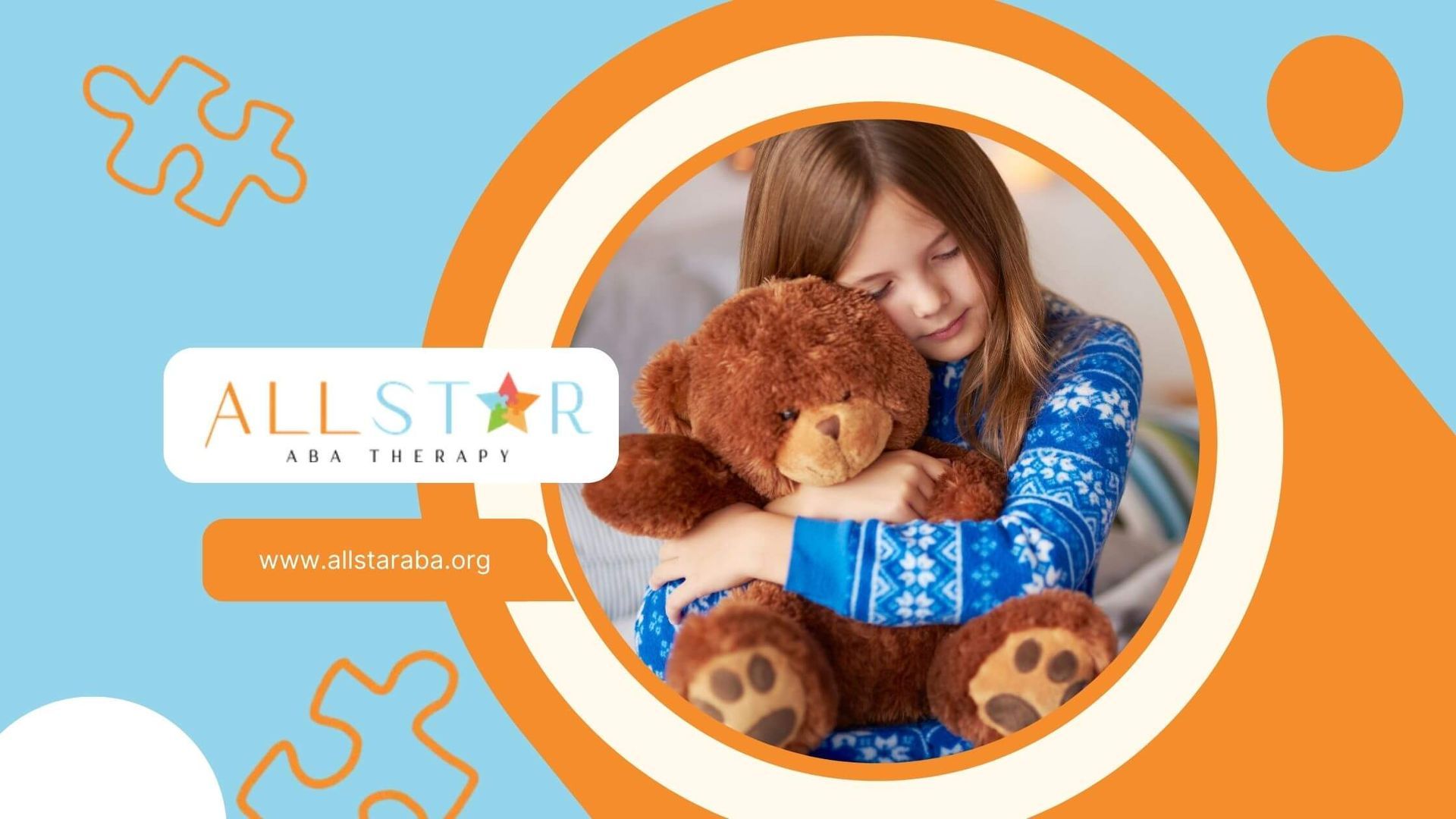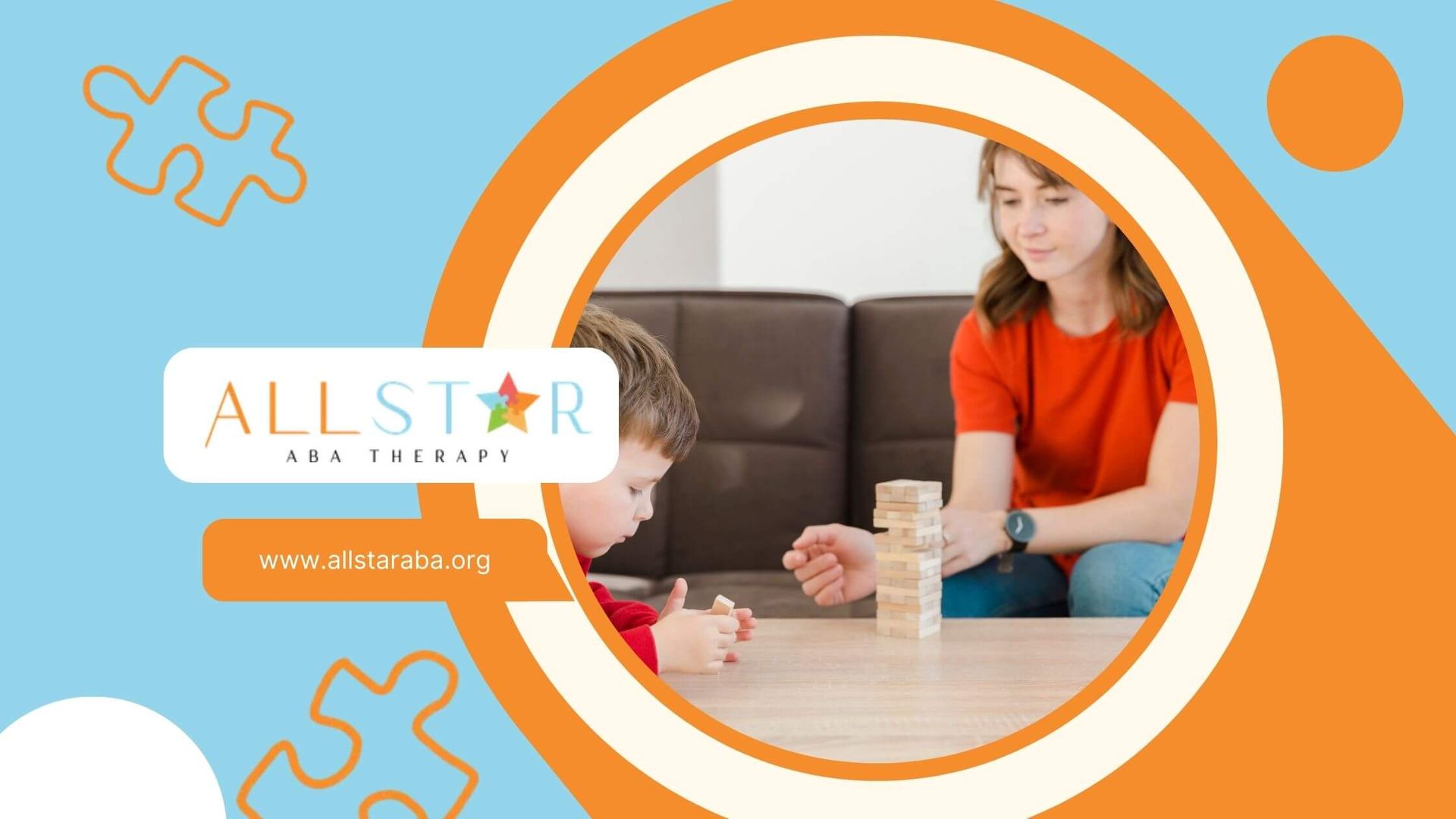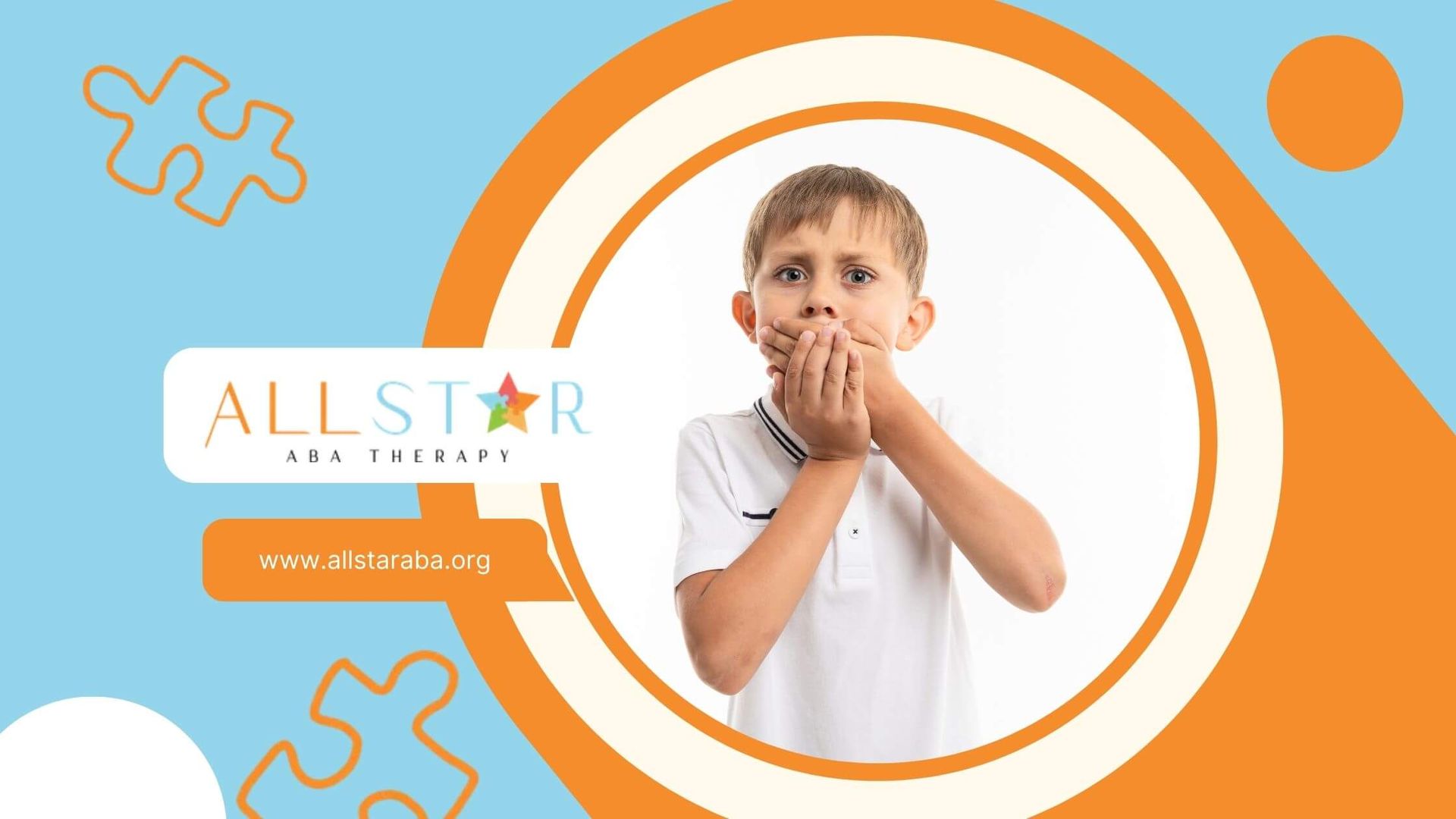New Paragraph
RBT Exam Pass Rate Statistics for First Attempts
Key Highlights
- The national average for first-time RBT exam pass rates has been declining in recent years.
- Thorough preparation, including studying the RBT task list and practicing with mock exams, is essential for first-try success.
- Factors like the quality of training, study habits, and prior experience can influence pass rates.
- This blog analyzes RBT exam pass rates and provides valuable insights into achieving certification on your first attempt.
- Understanding the exam format, key components, and effective study techniques can significantly impact your chances of success.
- Effective study schedules, focusing on critical areas like terminology and applied behavior analysis principles, are crucial for passing.
Introduction
Becoming a Registered Behavior Technician (RBT) is a great career choice for people who want to help those with autism. Many future RBTs aim to pass the RBT exam on their first try. This article looks at the different parts of the RBT exam. It shares statistics about the pass rate for first attempts and gives useful tips to improve your chances of success. By learning about the exam format, its key parts, and good study strategies, you can feel more confident when taking the exam.
Understanding the RBT Exam and Its Importance
A Registered Behavior Technician (RBT) is very important in applied behavior analysis (ABA). They provide support and help to individuals with autism spectrum disorder and other developmental disabilities. RBTs work under the close supervision of Board Certified Behavior Analysts (BCBAs) or Board Certified Assistant Behavior Analysts (BCaBAs). They follow special treatment plans that are made just for each person. To become a certified RBT, you must complete a 40-hour training program, pass a competency assessment, and then take the RBT exam given by the Behavior Analyst Certification Board (BACB). This certification shows a good understanding of ABA principles and ethical practices.
The RBT exam is very important. It checks a candidate's knowledge and ability to apply concepts found in the RBT Task List. When someone passes the exam, it shows they are competent in areas such as measurement, assessment, skill acquisition, behavior reduction, documentation, and professional ethics.
The Role of an RBT in Autism Support
Registered Behavior Technicians (RBTs) are important members of ABA therapy teams. They work directly with people on the autism spectrum. Their job is to carry out behavior plans made by supervising BCBAs. They collect data on how clients behave, use teaching strategies, and check how clients are doing.
RBTs use different ABA methods. These methods include discrete trial training and natural environment teaching. They help clients learn new skills and lower challenging behaviors. Their work has a big impact on the lives of people with autism and their families. It helps develop skills and improve the quality of life.
RBTs also connect the behavior analyst and the client. They give important feedback on how well the treatments are working and how the client is progressing. This teamwork makes sure that people get the best personalized ABA therapy.
Significance of RBT Certification for ABA Therapists
Getting RBT certification is more than just a job achievement. It's the start of a rewarding career path that is in high demand. More people are being diagnosed with autism, which means there is a greater need for trained RBTs in many places like schools, clinics, homes, and private practices. This high demand gives you great job security and many chances to grow and focus on different areas in the field.
To take the exam, you must pass the RBT competency assessment. This test checks that you have the right practical skills to provide ABA therapy well. With help from a qualified assessor, you show how good you are at tasks like collecting data, reducing challenging behaviors, and following ethical rules.
Also, meeting the tough standards set by the BACB gives RBTs professional respect. This certification shows clients and employers that they are dedicated to ethical practices and high standards in behavior analysis.
Detailed Overview of the RBT Exam
The RBT exam is a computer test. It is an important step to get your RBT certification. This exam checks how well you know the RBT Task List. The RBT Task List contains the skills and knowledge needed for ABA therapy. During the exam, you will be tested on various topics. These topics include measurement, assessment, skill acquisition, behavior reduction, documentation, and professional ethics.
To do well on the RBT exam, you need to prepare. It is important to know the format of the exam. You should also understand the types of questions you will see and the time limits you will have. Knowing these details can help you feel more sure of yourself and less nervous on exam day.
Core Components and Structure of the Exam
The RBT exam is created and given by the BACB. It has a set structure with 85 multiple-choice questions. Out of these, 75 questions are scored, while 10 are pilot questions that do not count towards your score. The pilot questions are mixed in randomly.
Candidates need to show they understand what is in the RBT Task List to pass. This means knowing ABA terms, behavior analysis principles, measurement methods, data collection, and ethics.
The exam has different types of questions, including scenarios. These questions check if candidates can apply their knowledge in real-life situations. Just memorizing won't be enough to do well. It’s important to really understand the ideas and how to use them.
Duration and Format Specifics
The RBT exam is a timed test. Candidates have 90 minutes to answer 85 questions. This gives about one minute for each question. It is important to manage time well. You should keep a steady pace and not get stuck on one question.
The exam is computer-based. This means everyone takes the test under the same conditions. Knowing how to use a digital interface can help. Taking practice exams and mock tests is a good way to get used to this format. This can also lower any worries you might have about taking a computer test.
Also, you need to know how the scoring works. Out of the 85 questions, only 75 count towards your score. The other 10 are pilot questions that do not change your result.
Analysis of First Attempt Pass Rates
The pass rate for the RBT exam has gone down a bit in recent years. This shows how important it is to prepare well. Many factors affect these rates. These include the quality of training programs, how people study, access to study resources, and any past experience in related fields.
It’s also good to keep in mind that national averages just give a broad picture. Individual pass rates can change a lot because of different reasons. These reasons include how well someone prepared, their past experience, the quality of resources they used, and how dedicated they are to their studies.
Comparison of Maryland's Rates to National Averages
While national averages offer valuable insights into overall pass rates, focusing on state-specific data, such as Maryland's RBT exam pass rates, can provide a more localized perspective. Comparing Maryland's pass rates to national averages can reveal potential trends and highlight any existing disparities.
Analyzing state-level data allows aspiring RBTs in Maryland to understand the performance patterns within their region and identify areas that may require additional focus or support. For instance, if Maryland's pass rate is consistently lower than the national average, it could indicate a need for more accessible training programs or study resources within the state.
National Average Pass Rate vs Maryland Pass Rate
Key Factors Impacting First Attempt Success Rates
Passing the RBT exam on the first try depends on a few important factors. A good training program led by skilled behavior analysts helps to create a strong base in ABA principles and the RBT Task List. These programs usually offer organized learning, hands-on practice, and chances to ask questions.
In addition to training, self-study is very important. It helps to strengthen ideas and get a grasp on the material. Good study materials like study guides, practice exams, and flashcards fit different learning styles and help remember information better.
Gaining practical experience by volunteering or shadowing RBTs connects theory with practice. This real-world experience helps future RBTs use what they have learned, improve their skills, and feel more confident when providing ABA therapy under supervision.
Preparation Strategies for the RBT Exam
Acing the RBT exam needs a smart way to prepare. Start by looking closely at the RBT Task List. Break it into smaller sections that are easier to handle. This way, you won’t feel overwhelmed, and you can have focused study times. Use different study methods like active recall, spaced repetition, and practice questions. These can help you remember more and do better on the exam.
It’s important to take practice exams while sticking to time limits. This helps you get used to the exam's format and timing. It also shows you what you are good at and what you need to work on. After practice tests, look at how you did. This can help you see patterns and change your study plan if needed.
Recommended Study Techniques and Resources
Effective study techniques are important for making the most of your study efforts and remembering information. Just reading is not enough. You should use active learning strategies that work better. These include:
- Summarizing concepts in your own words: This helps you think about and understand the information better.
- Creating
flashcards for quick review: This makes it easier to remember key terms, definitions, and concepts.
- Teaching the material to someone else: Explaining ideas to others strengthens your understanding and shows areas that might confuse you.
Also, it's important to set up a realistic study schedule that fits into your daily routine. Choose specific times for focused study sessions, keep distractions to a minimum, and take regular breaks to avoid burnout. Keep in mind that the quality of your study time is more important than the amount of time spent studying.
Important Topics and Skills to Focus On
While the RBT exam covers many topics, focusing on important areas can help you do better. First, you need to know ABA terminology very well. The exam expects you to understand key terms and what they mean. Use the glossary of terms in the RBT Handbook and other reliable ABA resources to build your vocabulary.
Next, it's vital to understand the main principles of applied behavior analysis. This includes reinforcement, punishment, extinction, and shaping. These concepts create the base of ABA therapy. You will see questions on the exam that ask you to use these principles in different scenarios.
Measurement procedures, how to collect data, and ethical considerations are also very important on the exam. Learn about various measurement techniques, know how to choose the right data collection methods, and show that you can make ethical choices. These skills are essential for your job as an RBT.
Conclusion
In conclusion, knowing about the RBT exam and why it matters is very important for ABA therapists who support people with autism. Looking at pass rates for first attempts can help candidates prepare better with good study methods. Using strategies that focus on important topics and skills is key to getting certified. To do well in the RBT exam, it is essential to commit to mastering the main parts and using helpful resources. Keeping improve skills and staying committed to learning is essential to pass the exam with confidence.
Frequently Asked Questions
What is the average first-attempt pass rate for the RBT exam in Maryland?
The average pass rate for the first attempt of the RBT exam in Maryland is usually a bit higher than the national pass rate. Still, it's important to keep in mind that pass rates can differ from person to person. This means they do not promise the same results for everyone.
How can candidates improve their chances of passing on the first attempt?
To increase your chances of success on the first attempt, focus on thorough preparation. This means doing complete RBT study and using effective study strategies. It might also help to get advice from experienced professionals.
Are there specific times of the year when pass rates are higher?
No, there is no proof that RBT exam pass rates change much based on the time of year. Your success mainly depends on how well you prepare and understand the material.
SOURCES:
https://www.appliedbehavioranalysisedu.org/registered-behavior-technician-exam/
https://medcerts.com/blog/how-to-pass-rbt-behavior-technician-exam
https://www.bacb.com/examination-information/
https://www.bacb.com/wp-content/uploads/2022/01/RBTHandbook_241226-a.pdf
https://www.bacb.com/about/bacb-certificant-annual-report-data/
Need Support?
We're Here to Help!
Our experienced team is ready to assist you. Reach out today to discuss how we can support your child's development and well-being.
Get started with expert ABA therapy today.








